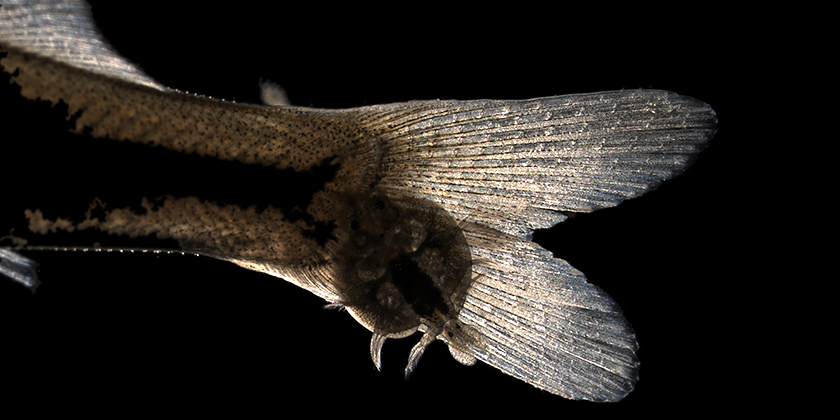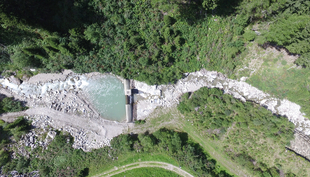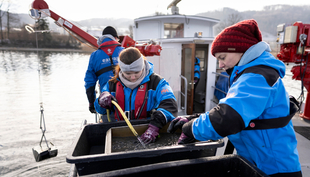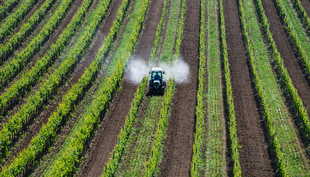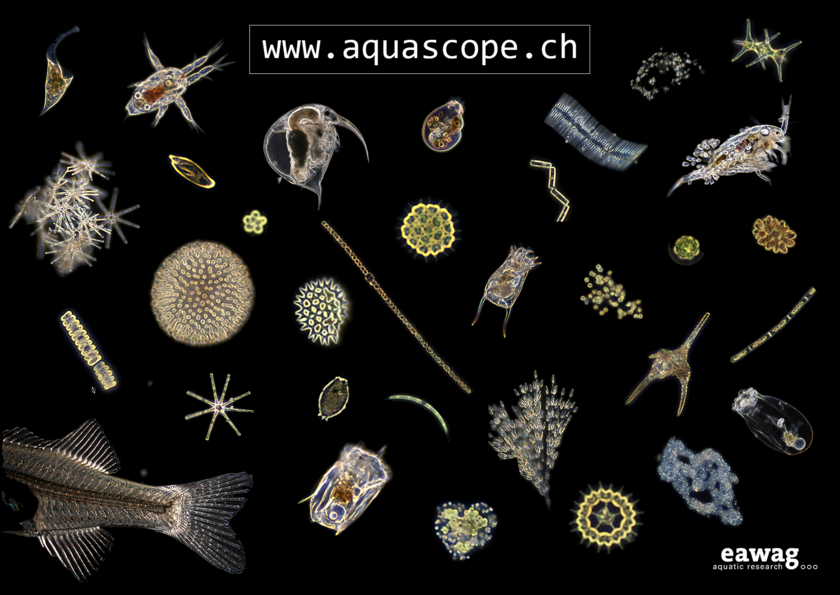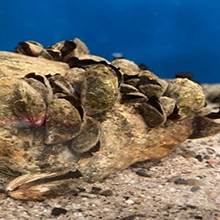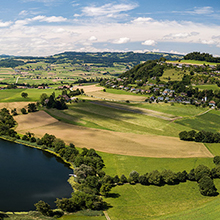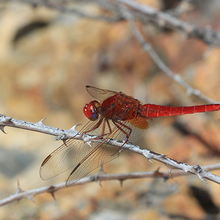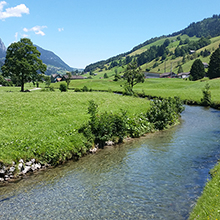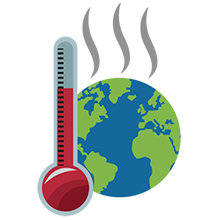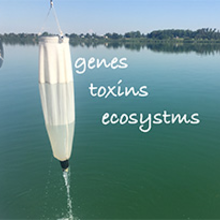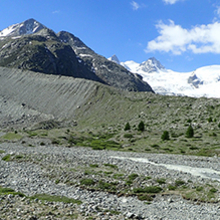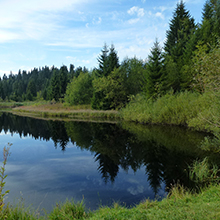Department Aquatic Ecology
Aquatic Ecology
The Aquatic Ecology department at Eawag consists of eight research groups and covers a wide range of different disciplines in ecology and evolutionary biology, ranging from the individual level to associations and ecosystems. Learn more
The latest news from our department
Research Projects
Latest publications
Burlakova, L. E., Karatayev, A. Y., Makhutova, O. N., Daniel, S. E., Scharold, J., Scofield, A. E., & Hinchey, E. K. (2025). The benthic community of Lake Superior: Analysis of spatial and temporal trends from 1973 to 2022. Journal of Great Lakes Research, 102624. doi:10.1016/j.jglr.2025.102624, Institutional Repository
Reji Chacko, M., Albouy, C., Altermatt, F., Boussange, V., Brändle, M., Farwig, N., … Pellissier, L. (2025). Species loss in key habitats accelerates regional food web disruption. Communications Biology, 8(1), 988 (14 pp.). doi:10.1038/s42003-025-08396-y, Institutional Repository
Reji Chacko, M., Albouy, C., Altermatt, F., Casanelles-Abella, J., Brändle, M., Boussange, V., … Pellissier, L. (2025). A species-level multi-trophic metaweb for Switzerland
. Scientific Data, 12, 1164 (23 pp.). doi:10.1038/s41597-025-05487-7, Institutional Repository
. Scientific Data, 12, 1164 (23 pp.). doi:10.1038/s41597-025-05487-7, Institutional Repository

